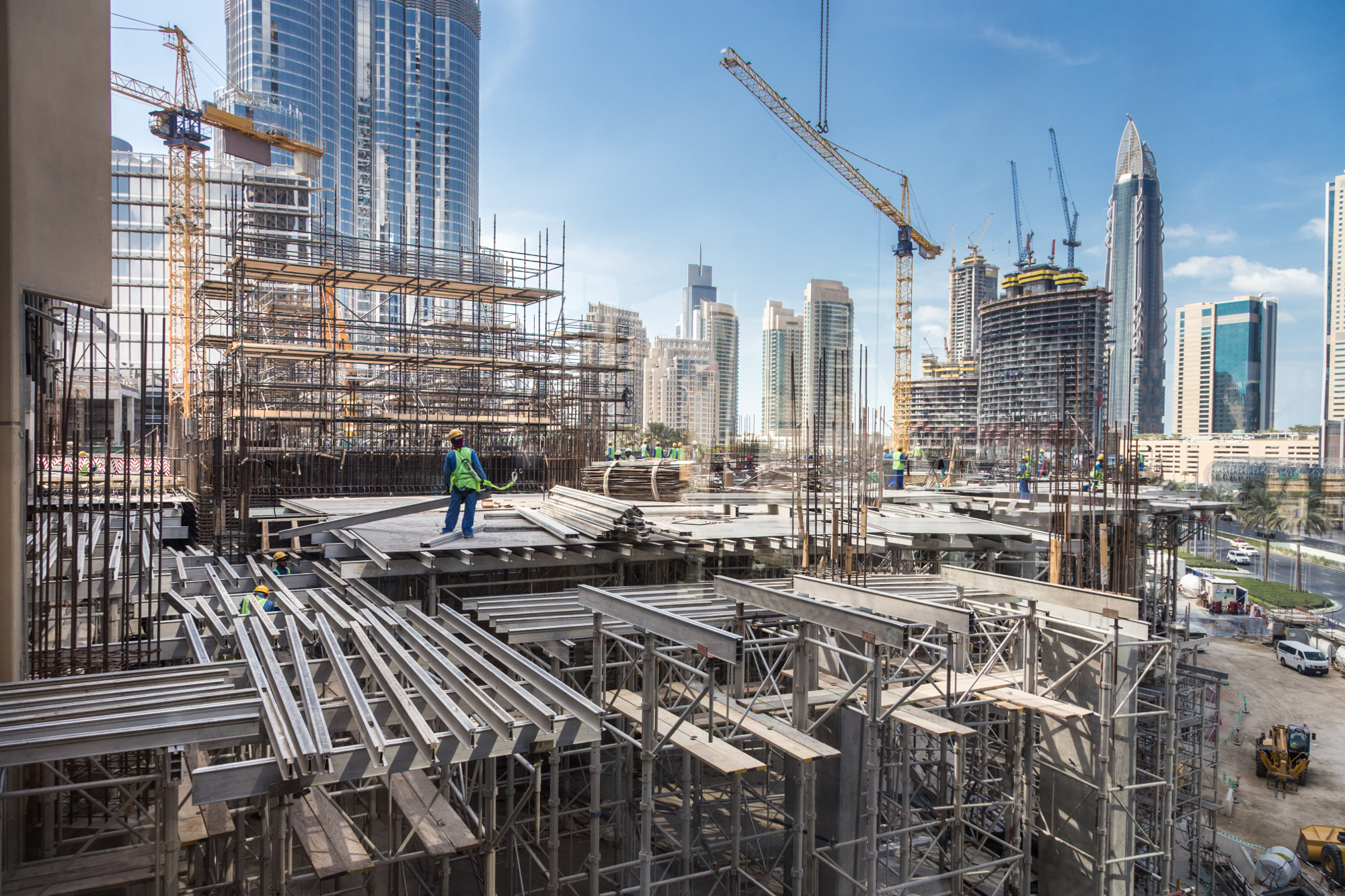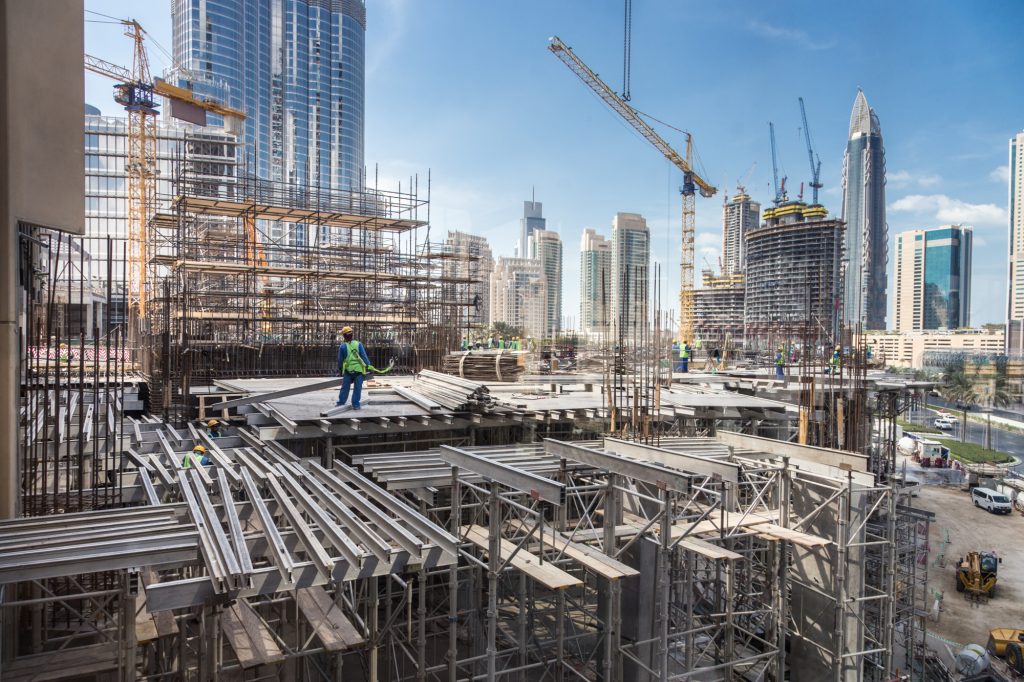
Getting Left Behind – Do You Have a Digital Transformation Strategy?
November 19, 2019
How Machine Learning Can Help Service Providers
November 19, 2019New Carbon Calculator Offers Hope for Reducing Carbon in the Building Industry



As a leader in design and construction software solutions for many high–emissions industries, Autodesk recognizes the vital importance of reducing carbon. This reality has AEC industries focused on the importance of making smarter choices around building materials, an option not readily available until today.
Over the last year, we’ve worked with the Carbon Leadership Forum, in collaboration with Skanska, C Change Labs and nearly 50 partners, to create the Embodied Carbon in Construction (“EC3”) tool, launched today at the Greenbuild Expo in Atlanta, and now available in public beta.
Learn more about embodied carbon from the Carbon Leadership Forum.
The impact of the built environment is undeniable—it contributes almost 40% of CO2 emissions worldwide. And as global growth continues, it’s estimated that between today and 2060, the amount of building floorspace will double. That’s equivalent to building an entire New York City every month for 40 years. Moreover, at least half of the carbon footprint of these new buildings will take the form of embodied carbon— the greenhouse gas emitted in the building material supply chain, including raw material extraction, transport, refining, and manufacturing of building materials.
So how can we mitigate the proliferation of embodied carbon? To date, the industry has struggled to understand and measure it in their projects. For example, two materials can look identical and perform the same, but have extremely different amounts of embodied carbon; a fully recycled steel beam from a renewably-powered electric arc furnace and a virgin steel beam from a coal-fired furnace may be superficially identical, but radically different in their impacts to climate.
See how the Autodesk Foundation supports low carbon innovation.
The EC3 tool takes data from Environmental Product Declarations (EPDs) to align, assess, and present the embodied carbon impacts in a way that’s easy to use and act upon. This solution enables the building industry to easily access and view material carbon emissions data, allowing them to make carbon-smart choices during material specification and procurement. What would have taken days by experts can now be done in minutes by general practitioners.

Screenshot of embodied carbon data as shown in the BIM 360 Model Viewer
Autodesk is a lead sponsor of the tool, and we’ve already enabled EC3’s integration with BIM 360. Now, AEC professionals will be able to transfer project material quantity data directly from BIM 360 to the EC3 tool with the push of a button and visualize the embodied carbon impacts of materials choices in the Large Model Viewer. The integration leverages BIM to speed up materials takeoff and turns the model into an interactive embodied carbon heat map. The EC3 tool integration is now available as a BIM 360 app.

A rendering of Microsoft’s Redmond campus modernization project.
Acknowledging that what gets measured gets managed, the EC3 tool’s ultimate goal is to make the reduction of carbon in the built environment easy, accessible, and scalable to the building industry. In a recent Gates Notes blog post, Buildings are bad for the climate, Bill Gates recognizes ‘the latest advances in technology, and the urgency of getting to zero emissions’ using the EC3 tool as an example. Microsoft is currently piloting the tool during a campus remodel at their corporate headquarters in Redmond, WA. Additionally, the Port of Seattle is also using the tool in pilot projects. Autodesk’s support of the EC3 tool and our continued investment in building performance analysis tools help architects, engineers, and general contractors work more collaboratively to manage the total carbon footprint of their projects and drive towards a carbon positive built environment that’s better for people and the planet.

